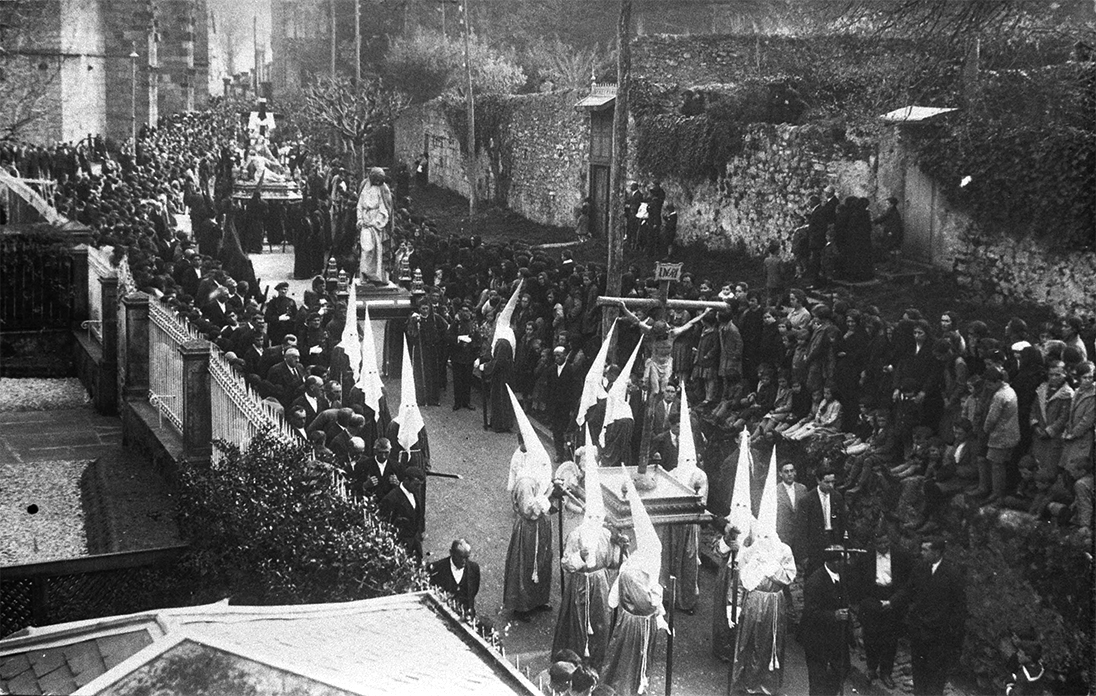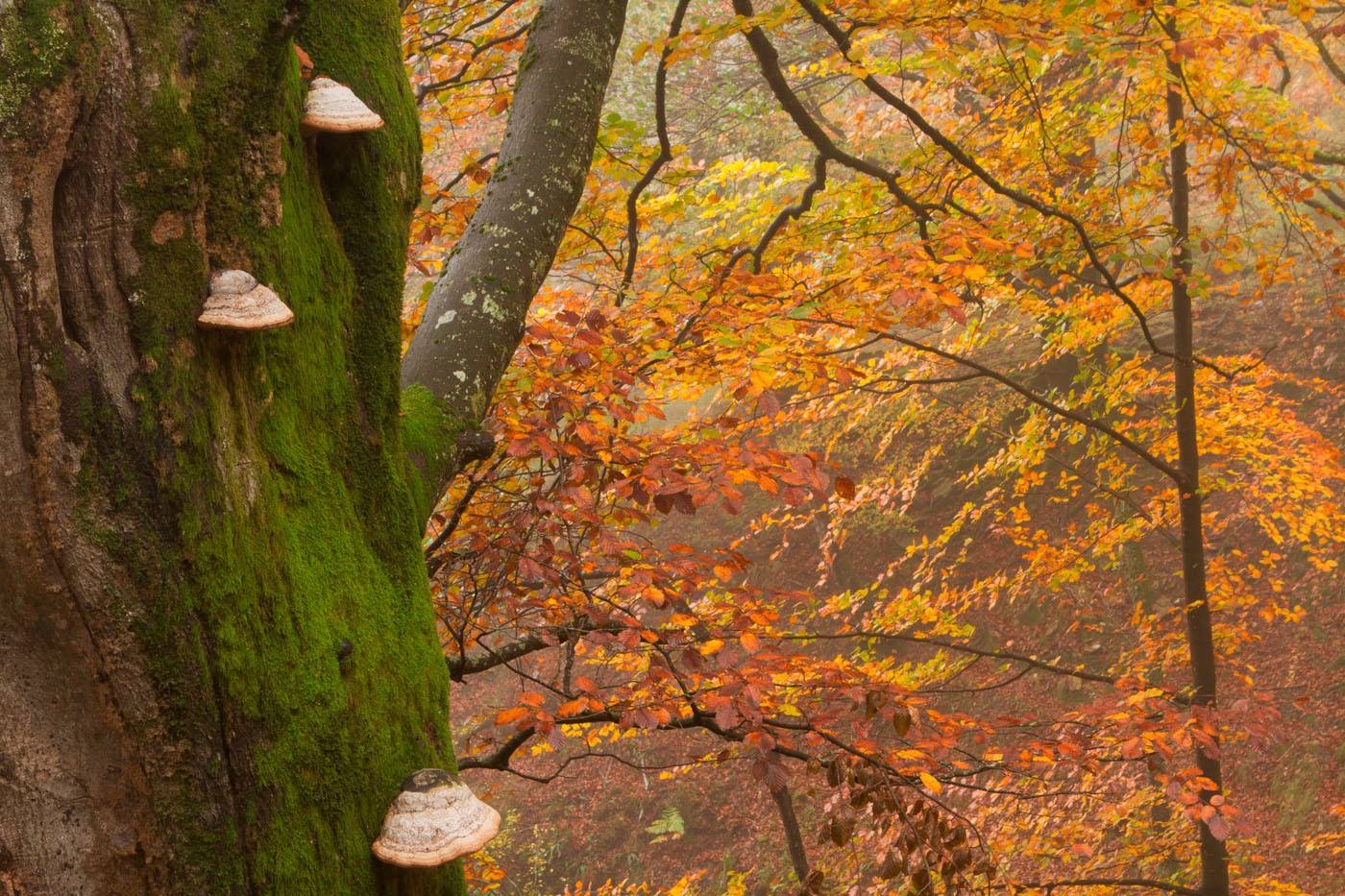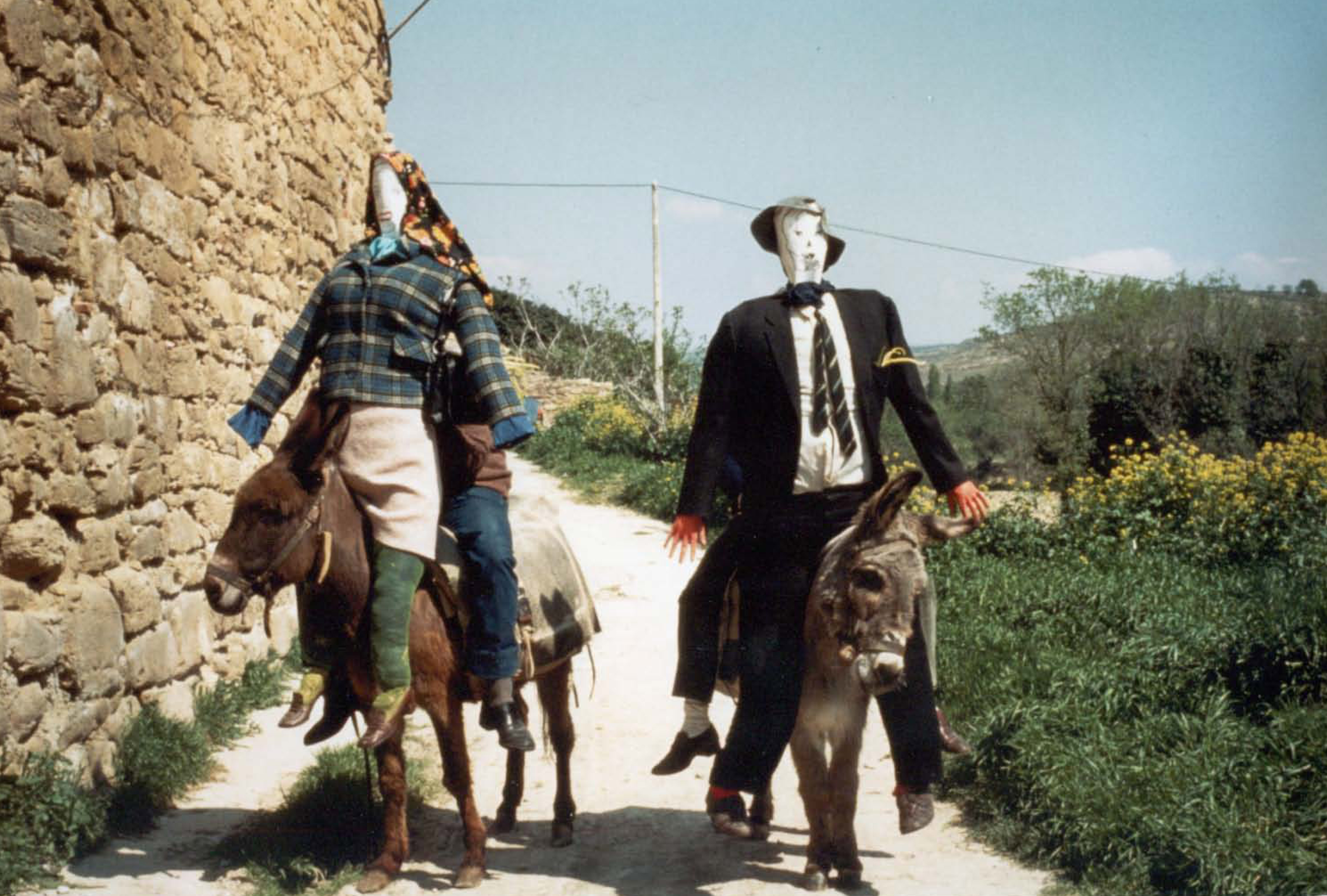Archives
We are about to address a custom which encompasses or combines various areas of traditional culture, such as parental relationships (including obligations and interactions), interrelations between age categories, religious beliefs and social protocols, cyclical aspects of our gastronomy, or even elements of customary law. Thus, godmothers and godfathers (aita-amabitxiak or aita-ama pontekoak) acquired a paschal commitment to present their godchildren with a special loaf of bread, year in, year out (sometimes until their wedding or religious consecration), known as karapaixoa (Debagoiena, in Gipuzkoa, and Aramaio, in Araba), garapaua in Elgeta (Gipuzkoa), adar-opila in Bidasoa (Gipuzkoa), aitatxi-amatxi opila in Baztan (Navarre), morrodoa in Garazi (Lower Navarre), morrokotea or mokotsa in Arratia, Durangaldea and Busturialdea (all three in Bizkaia)… And on the feast of St Mark (25 April), the sanmarkos-opila (Bidasoa and Oarsoaldea, both in Gipuzkoa), an almond cake, usual gift from godmothers during this classic festivity of blessing of fields.

Holy Week of 1929 in Gernika-Lumo (Bizkaia). Archive of the Gernikazarra History Group.
Both solemn religious observances in the Christian liturgical calendar, Lent precedes and prepares for Easter, a moveable feast celebrated on the first Sunday after the first full moon following the northern spring equinox.
The Lenten season begins on Ash Wednesday, immediately after Carnival, and commemorates the forty days of retreat and fasting which Jesus spent in the desert previous to his earthly ministry. Churchgoers, albeit far fewer than before, take advantage of this time to participate in spiritual practices at parish churches or spiritual centres. (more…)
Today the ritual of the new water and fire at Easter is not celebrated with the same fervour as before. The long-standing tradition of the blessing of the new water and fire was indeed a heartfelt paschal event in the 1940s. The new water is consecrated prior to the Easter vigil service and kept in the holy water font located at the entrance of the church. Likewise, a new candle is lit and the new fire blessed at the altar. (more…)
The burning of straw puppets at certain times of the year is quite an extended practice in rural Europe and Latin America. Dummies are traditionally burned at Christmas, Carnival, Easter, patron saint celebrations… It is the immolation of Judases during Eastertide in Álava and Navarre we shall address here. Álava and Navarre are the Basque territories where the custom is more deeply rooted. In Álava, it is particularly popular in Salinas de Añana and Lagrán, as well as Moreda and Samaniego. Formerly, mistreatment of Judas figures took place in every town of La Rioja and Álava. (more…)





